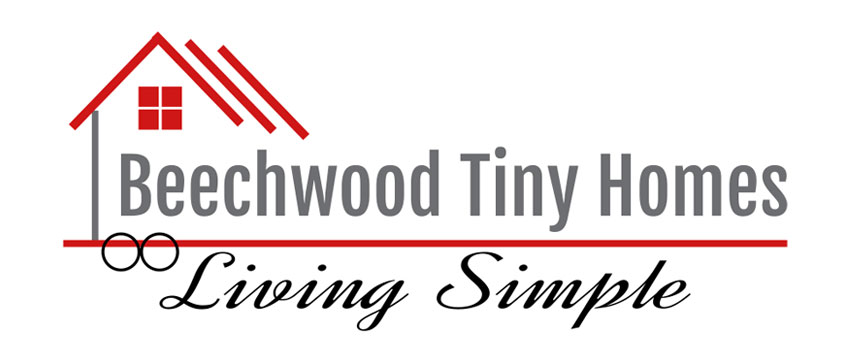Living in New England comes with its own set of challenges, especially when it comes to the weather. From freezing winters to humid summers, your tiny home needs to be well-prepared to keep you comfortable year-round. Insulation plays a crucial role in this, so let’s dive into the best ways to insulate your tiny home and why it matters.
Understanding the New England Climate
New England’s weather is no joke. With cold winters that often drop well below freezing and warm, humid summers, your tiny home’s insulation has to be both tough and versatile. The goal? Stay cozy in the winter and cool in the summer, without breaking the bank on energy bills.
Choosing the Right Insulation Materials
When it comes to insulation, not all materials are created equal, especially for tiny homes in New England:
- Spray Foam Insulation: This is a top contender for tiny homes because it expands to fill every nook and cranny, creating an airtight seal. It’s particularly great for those chilly New England winters, and it works wonders in 2×4 walls.
- Rockwool Insulation: Rockwool, also known as stone wool, is another fantastic option. It’s made from volcanic rock, which means it’s not only good at keeping your home warm and cool when needed, but it’s also fire-resistant and pest-proof—no critters are getting through this stuff! At Beechwood Tiny Homes, we’re big fans of Rockwool for its moisture resistance and overall durability.
- Fiberglass Insulation: While fiberglass is common and affordable, it’s not the best fit for tiny homes, especially in New England. It doesn’t handle moisture well and can be less effective in the shallow walls of a tiny home. We usually recommend looking at other options.
- Rigid Foam Board Insulation: Lightweight and easy to install, rigid foam boards offer a high R-value per inch and are great for floors, walls, and roofs. Plus, they resist moisture—always a plus in our humid summers. We often use these in floors where a metal pan is present or as a thermal break.
- Natural Insulation Materials: If you’re looking for eco-friendly options, materials like wool, cotton, or cellulose can be effective. However, they may require thicker layers to achieve the same insulation levels as synthetic options. At Beechwood Tiny Homes, we can install these, but keep in mind they might require deeper wall cavities, which could reduce your living space.
Key Areas to Insulate
- Walls: Insulating your walls is crucial in New England. We typically use Rockwool, but for those looking to upgrade, spray foam is a fantastic option that creates a strong thermal barrier.
- Roof: Heat rises, making your roof a critical area to insulate. At Beechwood Tiny Homes, we find that spray foam is the most cost-efficient and effective method for roof insulation.
- Floor: Floors can be a major source of heat loss, especially in tiny homes on wheels. We prefer using rigid foam boards, but if there’s no metal pan, spray foam is a better choice.
- Windows and Doors: High-quality, double-glazed windows and well-insulated doors are essential for maintaining temperature control. We install these as standard, but if you’re looking for even better options, give us a call at (833) 333-TINY (8469) for a custom quote.
Managing Moisture
New England’s summers can get humid, making moisture management a top priority. Spray foam acts as a vapor barrier, but when we use Rockwool, we also install a separate vapor barrier. Proper ventilation, especially in areas like the bathroom and kitchen, is also key. At Beechwood Tiny Homes, we include a 50-cfm bathroom fan on a humidistat as standard, with optional HRV or ERV systems available. Want to learn more? Contact us today at (833) 333-TINY (8469).
Energy Efficiency Matters
Insulation is just one part of the energy efficiency puzzle. Consider energy-efficient appliances, LED lighting, and possibly a solar power system to keep your tiny home running smoothly and sustainably. We already include LED lighting and energy-efficient appliances in our tiny homes, and solar options are available for all units. Ready to make your tiny home as green as possible? Call us at (833) 333-TINY (8469). for a quote.
Conclusion
Insulating your tiny home properly is crucial for staying comfortable in New England’s challenging climate. Whether you choose spray foam, Rockwool, or another material, the key is to plan carefully and make sure every part of your home is well-insulated. At Beechwood Tiny Homes, we’re here to help you every step of the way, from choosing the right materials to ensuring a perfect installation.
Interested in learning more about how we can make your tiny home as comfortable and energy efficient as possible?
Contact us today at (833) 333-TINY (8469). or email Sales. We’d love to help you build the tiny home of your dreams!
